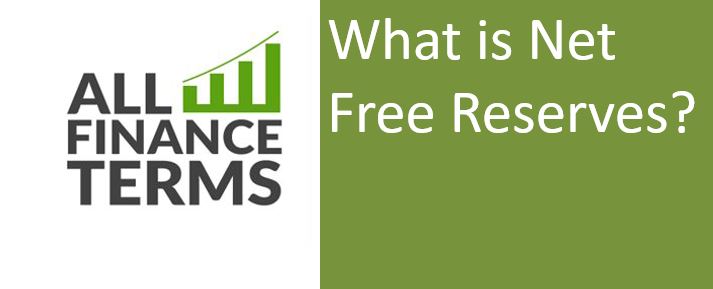Definition of Net Free Reserves
The net free reserves is the opposite of net obtained reserve, as an increase in the net free reserve will cause a decrease in the net obtained supplies.
Brief Explanation of Net Free Reserves
It is indicated as a positive number because it indicates a surplus reserve, which results in a better credit atmosphere (lower interest rate and improved ease of obtaining a loan). Deposit financial institutions are required to keep a certain sum of money on hand at all times. If financial institutions have considerably extra cash than stipulated by reserve requirements, they will lend it out. Net free supplies can indicate an easier credit atmosphere and drop interest levels. On the other hand, if a bank has insufficient supplies, it will lend what it needs from the Fed, and the statistic will show net obtained supplies, which will be indicated as a negative number. Banks usually accrue net free supplies when interest levels are dropping, the requirement for loans is dropping off, and/or the bank thinks federal financial policies might loosen. When the Fed loosens its financial policy, financial institutions usually need to lend less of their required supplies and net free supplies rise. Net free supplies can be used to predict interest rate changes. For instance, an increase in net free supplies usually means that requirement for loans is dropping and interest levels might fall accordingly.


